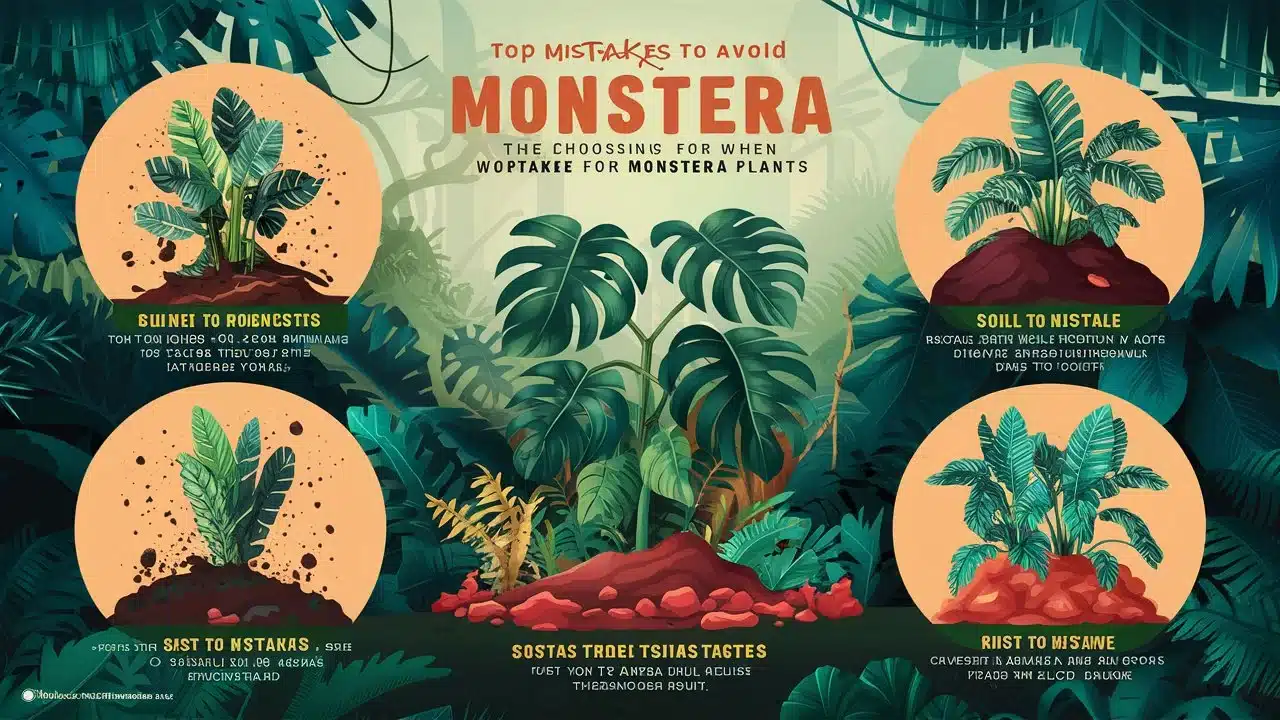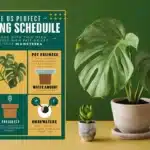Monstera plants are beloved for their striking, large leaves and easygoing nature, making them a favorite among houseplant enthusiasts. However, one crucial factor that is often overlooked when caring for a Monstera is soil selection. Picking the wrong type of soil can lead to stunted growth, root rot, or a weak plant overall. If you’re a Monstera parent—or soon to be one—it’s essential to get the soil right.
In this guide, we’ll explore the Top 6 Mistakes to Avoid When Choosing Monstera Soil. Whether you’re a seasoned gardener or just starting, these tips will help ensure your Monstera thrives in the ideal environment. Let’s dive in.
Understanding the Key Elements of Monstera Soil
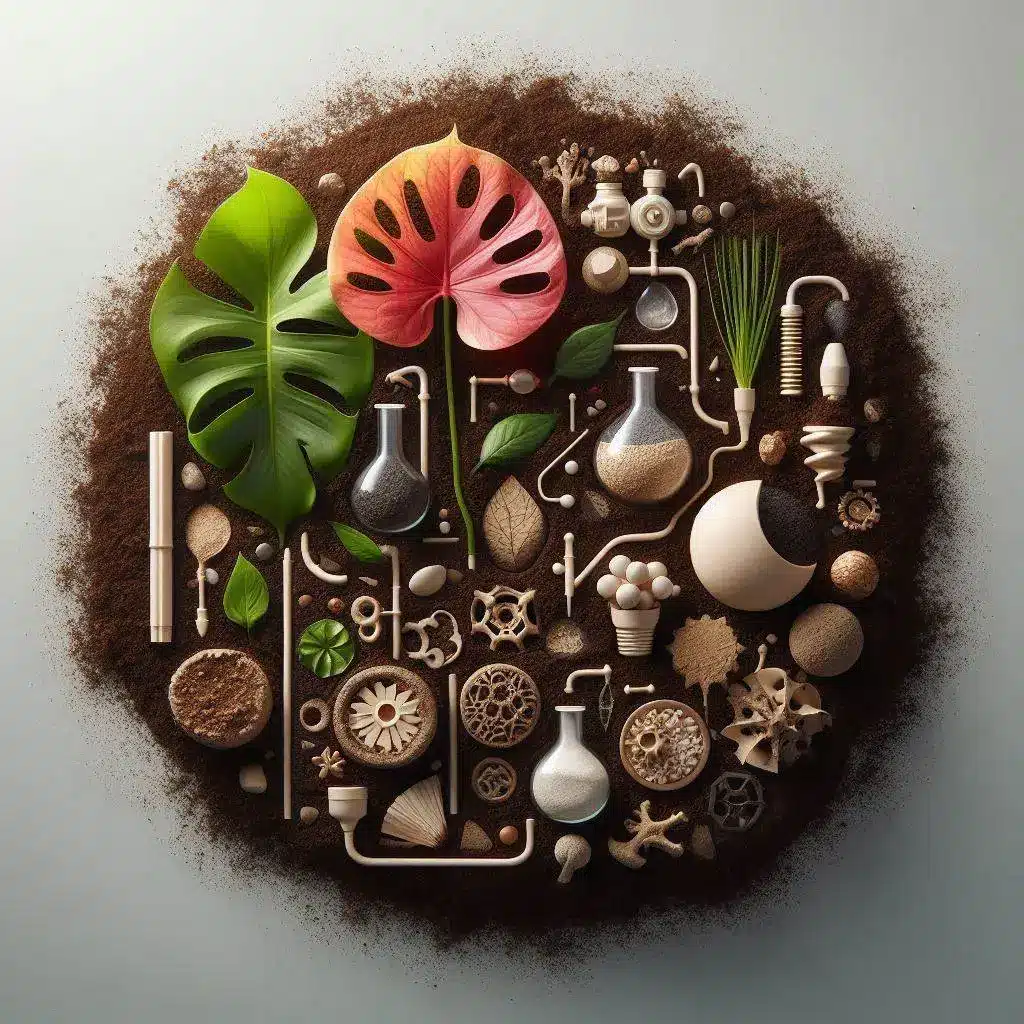
Before we talk about common mistakes, let’s first understand what Monstera needs from its soil. In their natural habitat, Monsteras grow in tropical rainforests where their roots spread out through loose, well-draining soil mixed with organic matter. This type of environment offers the perfect balance of water retention, drainage, and aeration—all critical factors for Monstera’s health.
Water Retention vs. Drainage
It’s all about balance. Monstera plants prefer soil that holds enough moisture without becoming soggy. Roots need oxygen to survive, and overly wet soil suffocates them, leading to root rot.
Key Components of a Balanced Soil:
- Water-retentive materials: Coco coir, peat moss
- Drainage-promoting materials: Perlite, pumice, orchid bark
Soil Composition
A perfect Monstera soil mix usually contains a combination of:
- Organic materials: Compost, worm castings, coconut coir (for nutrient-rich and water-holding capacity)
- Aeration materials: Perlite, orchid bark (to allow air to circulate around the roots)
- Moisture regulation materials: Peat moss or coco coir (for retaining the right amount of moisture)
Why Monstera Soil is Different
Monstera plants have aerial roots in addition to their normal roots. These help them climb and absorb moisture from the air. The soil, therefore, needs to mimic their natural environment, offering enough structure for the roots to grip onto while allowing plenty of airflow. Many new plant owners assume that standard potting soil is sufficient, but for Monsteras, specialized care is essential.
Mistake 1: Ignoring Drainage Requirements
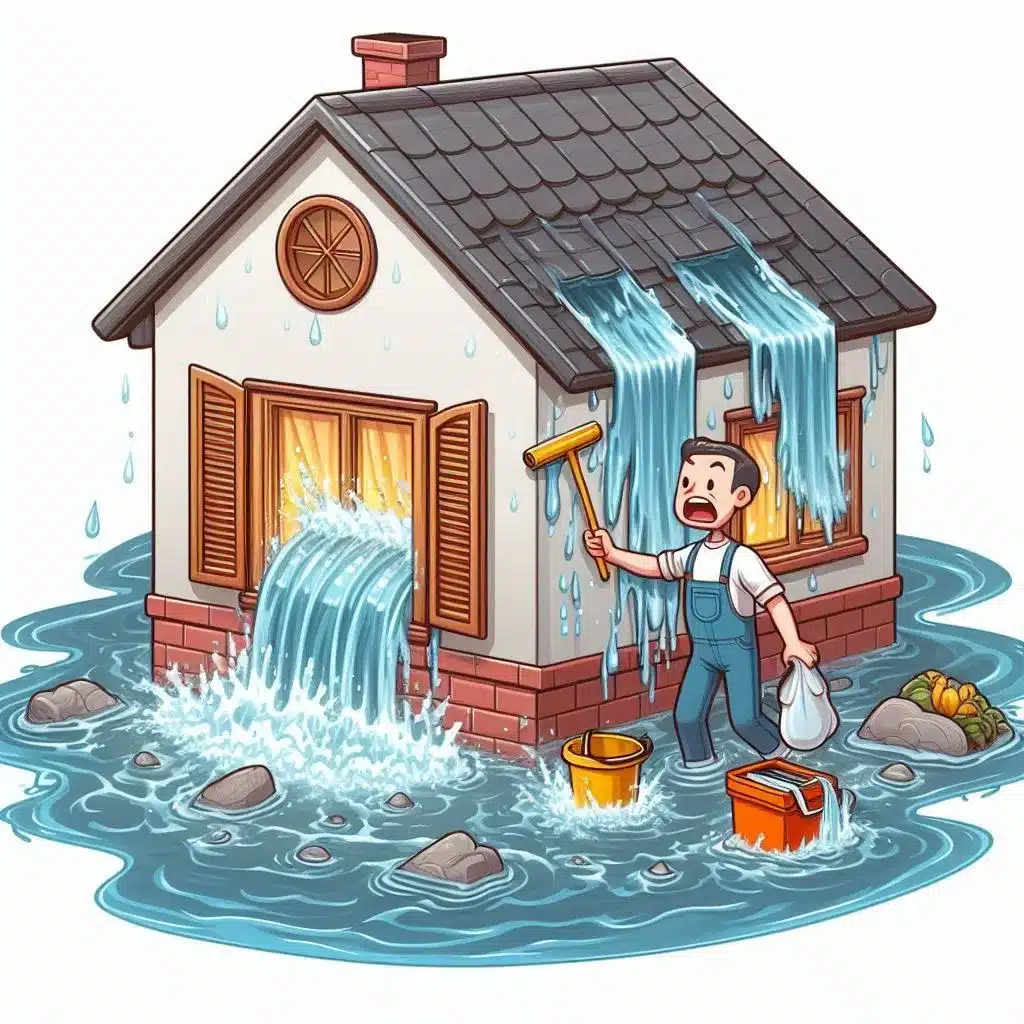
When it comes to Monstera soil, drainage is non-negotiable. This is one of the most common mistakes plant owners make.
Why It Matters
Monsteras are tropical plants that thrive in moist but not waterlogged conditions. When water accumulates in the soil without a way to escape, the roots sit in water and begin to rot. This root rot can kill your plant if not addressed quickly. A study on houseplant health found that poor drainage is a leading cause of houseplant death due to root disease.
Common Missteps
- Using soil that’s too dense or compact.
- Choosing pots without drainage holes.
- Overwatering without allowing the soil to dry out in between waterings.
How to Avoid It
- Choose well-draining soil: Look for a mix that contains components like perlite or pumice, which keep the soil light and airy.
- Use pots with drainage holes: Always make sure your pot has sufficient drainage to allow excess water to escape.
- Monitor watering habits: Allow the top 1-2 inches of soil to dry out before watering again.
Pro Tip: You can easily test drainage by watering your plant and timing how long it takes for water to exit the pot. If water doesn’t drain in under 30 seconds, the soil might be too compact.
Mistake 2: Overlooking Soil pH

Soil pH is another often overlooked aspect, yet it plays a critical role in nutrient uptake.
Why It Matters
Monstera plants prefer soil that’s slightly acidic to neutral, with a pH between 5.5 and 7. When the pH is too far outside this range, the plant may struggle to absorb key nutrients like nitrogen, phosphorus, and potassium, leading to nutrient deficiencies. This phenomenon is called nutrient lockout, and it can cause yellowing leaves and poor growth.
Consequences of Incorrect pH
- Too low pH (acidic): Causes toxic build-up of certain nutrients while blocking others.
- Too high pH (alkaline): Can block nutrients like iron, resulting in chlorosis (yellowing of leaves).
How to Avoid It
- Test your soil’s pH regularly: Soil pH test kits are inexpensive and easy to use.
- Amend your soil as needed:
- To lower pH: Use materials like sulfur or sphagnum peat moss.
- To raise pH: Add garden lime or dolomite.
- Choose pre-mixed soils: Some pre-made Monstera soil blends are already adjusted to maintain the right pH levels.
Pro Tip: If you’re unsure of your soil’s pH, get a pH meter and test it at least every few months to maintain healthy soil conditions.
Mistake 3: Neglecting Nutrient Content

Nutrient content in the soil is essential for a Monstera’s overall health and growth. Monsteras, known for their large, fenestrated leaves, are heavy feeders and need nutrient-rich soil to support their growth.
Why It Matters
Without proper nutrients, your Monstera may develop weak stems, pale leaves, or smaller-than-expected leaf growth. Nutrient-deficient soil leads to stunted growth and often forces the plant to enter survival mode rather than thrive.
Common Missteps
- Using low-quality, depleted potting soil.
- Failing to replenish soil nutrients over time.
- Relying solely on water for nutrient supply.
How to Avoid It
- Use nutrient-rich soil: Opt for soils that include compost or worm castings, both of which add essential nutrients.
- Supplement with fertilizers: Liquid fertilizers or slow-release organic fertilizers are great for maintaining nutrient levels.
- Refresh soil regularly: Repot or top-dress with fresh soil to replenish lost nutrients.
Nutrient Breakdown:
| Nutrient | Function | Symptoms of Deficiency |
| Nitrogen (N) | Promotes leafy growth | Yellowing leaves, stunted growth |
| Phosphorus (P) | Root and flower development | Slow growth, dark green leaves |
| Potassium (K) | Overall plant health and disease resistance | Wilting, weak stems, leaf curling |
Pro Tip: A monthly application of a diluted liquid fertilizer during the growing season can keep your Monstera in top shape.
Mistake 4: Choosing Soil That Compacts Easily
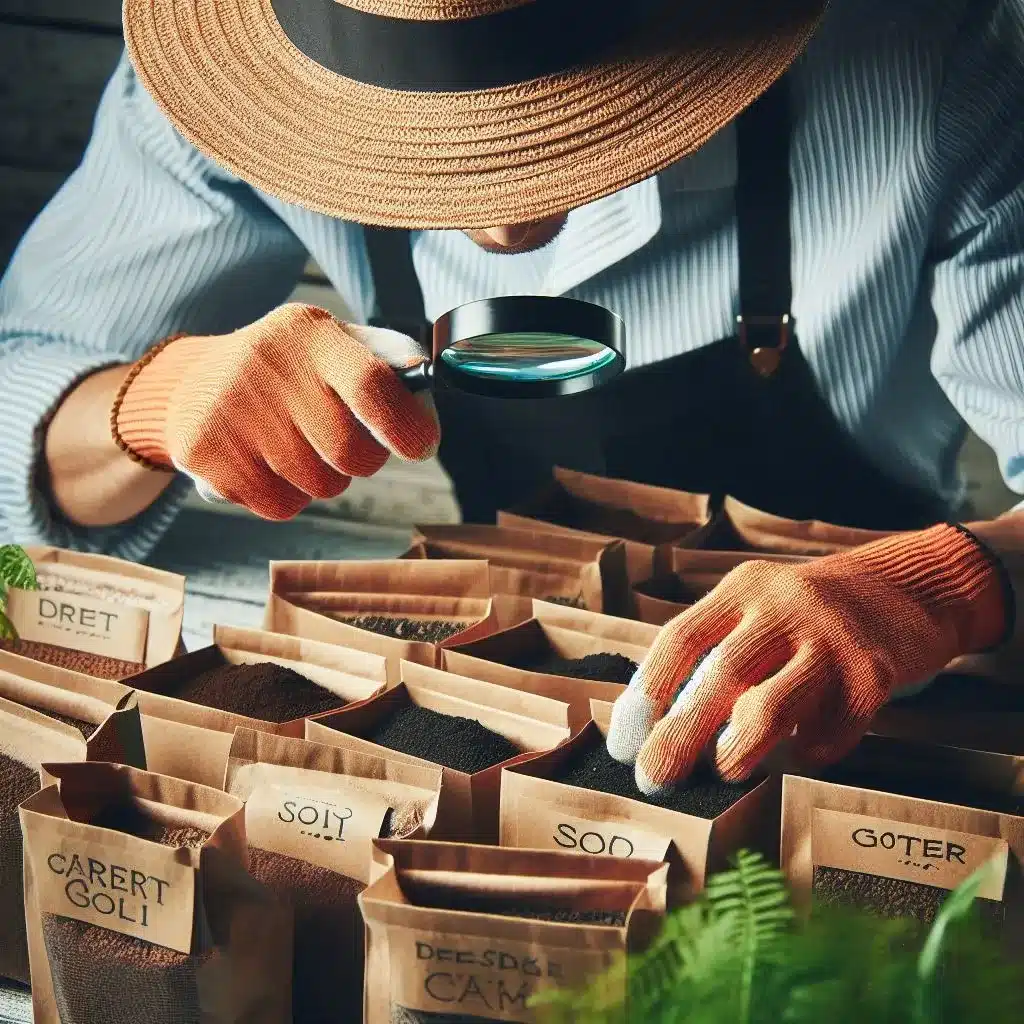
Soil compaction is a silent killer for many houseplants, including Monstera. Compacted soil becomes hard and dense over time, reducing airflow to the roots and hampering their ability to absorb nutrients and water.
Why It Matters
When soil becomes too compact, oxygen can’t reach the roots, which can lead to suffocation. This creates a hostile environment for root development, often causing root suffocation or root rot. Over time, it can stunt your Monstera’s growth, turning it into a weak and unhealthy plant.
Common Missteps
- Using soil that’s too fine or dense, such as clay-based or poorly aerated mixes.
- Failing to repot or refresh the soil regularly.
- Overwatering, which leads to further compaction.
How to Avoid It
- Use a light, airy mix: Add perlite, orchid bark, or pumice to improve aeration and prevent compaction.
- Repot regularly: Refresh the soil every year to prevent compaction and give the plant fresh nutrients.
- Loosen soil gently: Use a small garden tool to aerate the top layer of soil, especially if you notice it becoming hard.
Pro Tip: Choose chunky orchid bark or perlite in your soil mix to maintain a light, well-draining texture over time.
Mistake 5: Using Standard Potting Soil Without Amendments
Many plant owners make the mistake of assuming that all-purpose potting soil is sufficient for a Monstera. While it might work for some plants, Monstera needs a little more customization.
Why It Matters
Standard potting soil is often too dense and doesn’t offer enough drainage or aeration for Monstera plants. Without the right amendments, the soil can retain too much water, leading to poor root health and even root rot.
Common Missteps
- Using a basic potting soil mix without making any adjustments.
- Assuming the same soil used for other houseplants will work for Monstera.
- Not considering the plant’s need for a customized blend.
How to Avoid It
- Amend your soil: Start with a base of potting soil, but add key ingredients like orchid bark, perlite, and coco coir to achieve the perfect balance.
- Create a custom blend: For an optimal mix, use one-third potting soil, one-third orchid bark, and one-third perlite or pumice. This mix promotes drainage, aeration, and moisture retention in the right amounts.
- Avoid heavy, moisture-retentive soils: Stay away from soils designed for moisture-loving plants like ferns or succulents. Monstera requires a balance of moisture and drainage.
Pro Tip: Don’t be afraid to mix your own soil blend using the following recipe:
- 1 part potting soil
- 1 part orchid bark
- 1 part perlite or pumice This blend ensures proper drainage and aeration while still retaining enough moisture for healthy growth.
Mistake 6: Not Considering Environmental Factors
Your home environment plays a significant role in determining how your Monstera soil performs. Temperature, humidity, and light all affect soil moisture retention and nutrient uptake.
Why It Matters
If your home is particularly dry or receives less sunlight, the soil may need to hold onto more moisture to compensate. On the other hand, a humid environment can cause the soil to stay wetter for longer, which increases the risk of root rot. Ignoring these factors can lead to poor soil performance and an unhealthy plant.
Common Missteps
- Not adjusting the soil mix to match the home’s environment.
- Overlooking the effects of low humidity or low light on soil moisture levels.
- Sticking to one watering schedule without considering seasonal changes.
How to Avoid It
- Tailor your soil mix: If your home is dry, consider adding more moisture-retentive materials like peat moss or coco coir. In humid homes, focus on increasing drainage with extra perlite or orchid bark.
- Adjust watering frequency: Pay attention to how quickly the soil dries out and water accordingly. During winter, the plant may need less water due to lower light levels.
- Use a humidity meter: If your home has low humidity (below 40%), consider using a humidifier or misting the plant to maintain healthy moisture levels for the plant and soil.
Pro Tip: You can help boost humidity for your Monstera by placing a shallow tray of water near the plant or using a pebble tray under the pot.
Conclusion
Choosing the right soil for your Monstera is the foundation of a healthy, thriving plant. By avoiding these six common mistakes—ignoring drainage, overlooking soil pH, neglecting nutrient content, using compacting soil, relying on standard potting soil, and not considering environmental factors—you can set your Monstera up for success.
Call to Action: Now that you know what to avoid, it’s time to take action! Consider customizing your Monstera soil blend or trying out a recommended pre-mixed Monstera soil. With the right care and attention, your Monstera will grow lush, large, and full of vitality.
